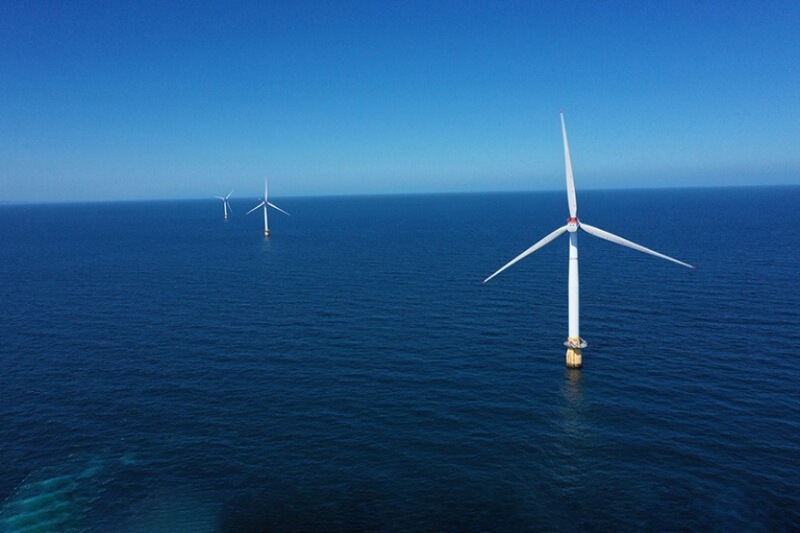Presently, two commercial-scale offshore wind farms are supplying electricity to the US grid.
Five megawatts of clean energy were sent to the New England grid just before Tuesday midnight by a lone turbine close to Martha’s Vineyard, according to the creators. The turbine is one of 62 that are intended for Vineyard Wind 1, an offshore property that is jointly owned by wind energy investor Copenhagen Infrastructure Partners (CIP) and utility provider Avangrid. The companies were only a few days short of their target to produce offshore wind electricity via the facility by the end of 2023.
Governor Maura Healey of Massachusetts nevertheless referred to it as a “historic moment.” The farm will eventually provide “power equivalent of over 400,000 Massachusetts households,” according to a statement from Healy. By “early” this year, according to Avangrid and CIP, the location will have five turbines to power residences and maybe some electric vehicle batteries in the otherwise natural gas-dependent state.
The Vineyard Wind announcement was made roughly a month after a comparable breakthrough was announced at another offshore location close to Montauk Point, New York. The offshore wind project known as South Fork Wind currently has two installed turbines, one of which is in operation. The owners, utility company Eversource and Danish energy provider Ørsted, say they plan to add ten more turbines by the beginning of 2024.
Nonetheless, despite the Biden administration’s support—which considered offshore turbines a crucial component of its strategy to decrease climate pollution—U.S. offshore wind has recently taken some hits.
Due to delays in the supply chain and exorbitant interest rates, Ørsted canceled two wind projects in New Jersey in October.
The goal of some firms is to lower the cost of wind energy. For instance, SkySpecs monitors wind turbines, anticipates equipment breakdowns, and eventually minimizes turbine downtime using drones and artificial intelligence. The business funded by Goldman Sachs has raised $118 million so far, with a $80 million Series D expected in 2022.
Aerones is another startup that relies heavily on wind power. The company manufactures robots that clean and examine turbine blades in an effort to prolong turbine life and reduce pollution caused by oil spills. Aerones, which has Y Combinator’s support, said on Wednesday that it has received a grant of about $4.8 million from the Innovation Fund of the European Union.




